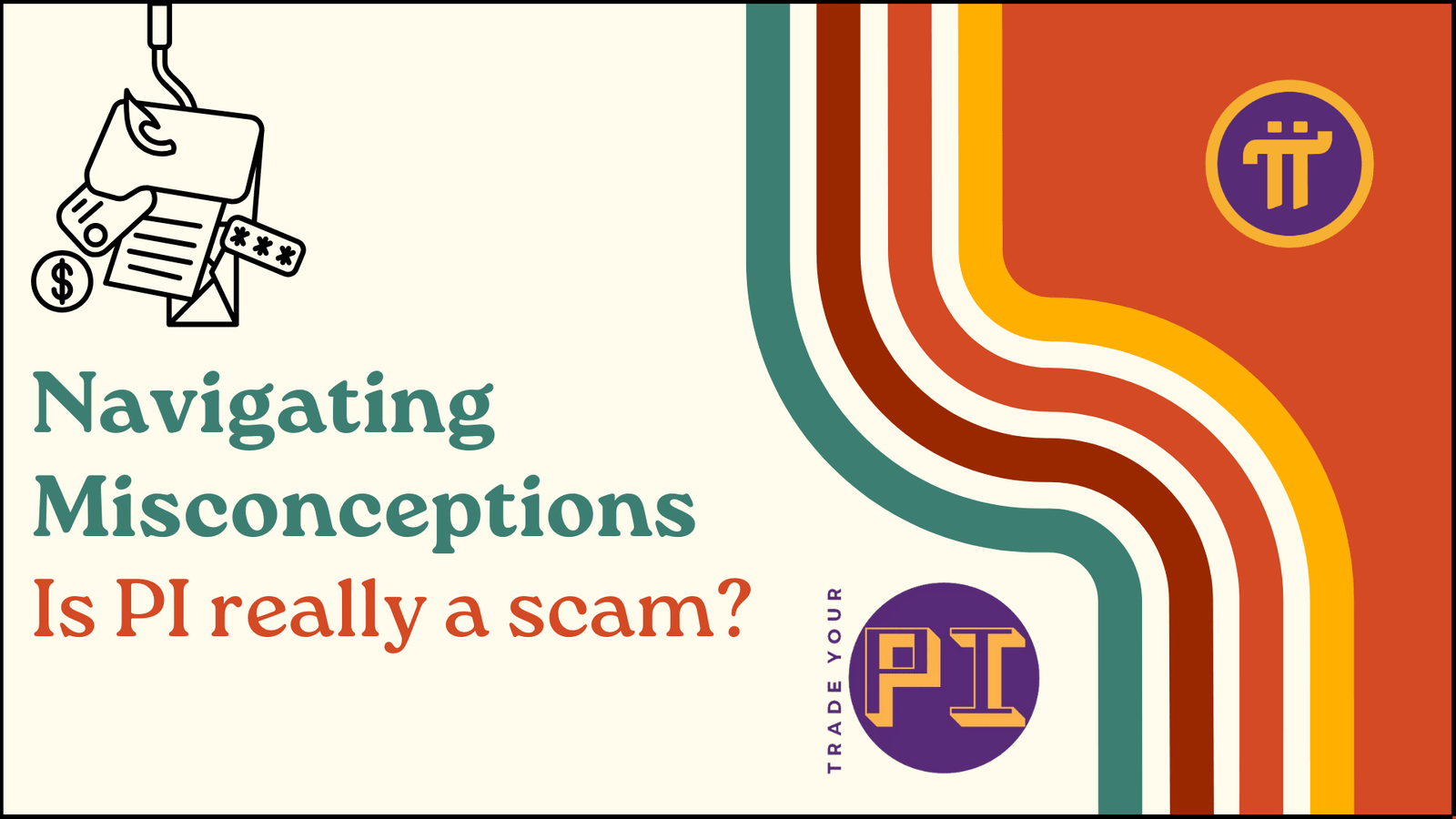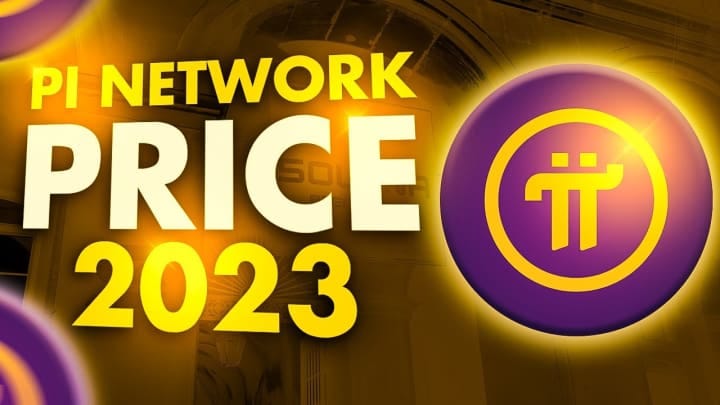What If Pi Network Fails? Understanding The Worst-Case Scenario

Executive Summary

The Pi Network, a cryptocurrency aiming for mainstream adoption through a novel mining process, presents a unique investment proposition. While its potential is significant, understanding the risks is crucial. This article explores the worst-case scenarios for Pi Network, examining potential pitfalls and their implications for users. We’ll dissect key areas of concern, offering a balanced perspective on the project’s viability and the potential consequences of failure. This isn’t a prediction of failure, but a pragmatic assessment of the risks involved and what you can expect if things don’t go as planned. Knowing the potential downsides empowers you to make informed decisions regarding your involvement with the Pi Network.

Introduction
Pi Network has captured the imagination of millions with its promise of accessible cryptocurrency mining. However, the project remains unproven, operating in a highly volatile and competitive market. This article analyzes the potential downsides of investing time and effort into Pi Network, exploring the worst-case scenarios and what they could mean for its users. It’s important to approach any cryptocurrency investment, especially one as novel as Pi, with a healthy dose of skepticism and a thorough understanding of the risks involved. This isn’t about fear-mongering; it’s about responsible investment.
FAQ
-
Q: What happens to my Pi if the network fails? A: If Pi Network fails completely, your mined Pi tokens likely become worthless. There is no guarantee of any return on your investment of time.
-
Q: Is my personal data safe on Pi Network? A: While Pi Network claims to prioritize user data privacy, no system is entirely impervious to breaches. You should always be mindful of the security risks associated with any online platform, especially those dealing with financial information (even if it is currently hypothetical).
-
Q: Can I lose money investing in Pi Network? A: You haven’t invested money yet. However, you have invested time. If the network fails, you will have lost that time and any potential for future gains. This should be considered an opportunity cost.
Mainnet Launch Failure
A successful Mainnet launch is pivotal to Pi Network’s viability. Failure here could represent a catastrophic event.
-
Lack of Adoption: If the Mainnet launch fails to attract significant user adoption, the network’s value will plummet, rendering Pi tokens essentially worthless. The success of any cryptocurrency heavily relies on network effect.
-
Security Vulnerabilities: A poorly secured Mainnet could be susceptible to attacks, leading to loss of funds and a collapse of trust, potentially permanently damaging Pi’s reputation.
-
Scalability Issues: If the Mainnet struggles to handle the volume of transactions, it will create bottlenecks and hinder usability, significantly impacting adoption and value.
-
Regulatory Issues: Failure to comply with evolving cryptocurrency regulations could lead to legal challenges and operational restrictions, potentially shutting down the network entirely.
-
Technical Glitches: Significant bugs or unforeseen technical issues after launch could severely cripple the network’s functionality and deter users.
Value Depreciation to Zero
The worst-case scenario involves the complete devaluation of Pi.
-
Lack of Utility: If Pi fails to find practical applications beyond speculation, its value will likely drop to zero. Cryptocurrencies need utility to hold value long-term.
-
Market Manipulation: Pi could be susceptible to market manipulation by large holders, leading to dramatic price drops and potentially wiping out smaller investors.
-
Negative Publicity: Negative news, scandals, or security breaches could severely damage Pi’s reputation, causing a sharp decline in value.
-
Competition: The cryptocurrency market is highly competitive. New, more innovative projects could easily overshadow Pi, leading to a decline in its market share and value.
-
Economic Downturn: A global economic recession could negatively impact the entire cryptocurrency market, driving down the value of all cryptocurrencies, including Pi.
Inability to Transition to Mainnet
The transition to a fully functional Mainnet is a crucial step. Failure here is potentially devastating.
-
Technological Barriers: The team might encounter insurmountable technical challenges in developing and deploying the Mainnet.
-
Funding Shortfalls: Sufficient funding is crucial for development and marketing. A lack of funding could halt progress and lead to the project’s abandonment.
-
Internal Conflicts: Disputes within the development team could hinder progress and negatively impact the project’s trajectory.
-
Lack of Developer Support: Without continued developer support and community contributions, the network could become stagnant and vulnerable.
Security Breaches and Hacks
Security breaches pose a serious risk to any cryptocurrency, and Pi is not immune.
-
Data Breaches: A data breach could expose user information, leading to identity theft and financial losses.
-
Wallet Hacks: Vulnerabilities in Pi wallets could allow hackers to steal users’ Pi tokens.
-
Exchange Hacks: If Pi is listed on exchanges, these exchanges could be targets for hacks, resulting in the loss of user funds.
-
51% Attack: A 51% attack, where a single entity controls over half of the network’s computing power, could allow them to manipulate transactions and potentially steal funds.
Regulatory Crackdowns
Governments worldwide are increasingly regulating the cryptocurrency space.
-
Bans and Restrictions: Governments could ban Pi Network entirely, rendering it unusable within their jurisdictions.
-
Taxation Issues: Unclear tax implications could deter users and create compliance challenges.
-
KYC/AML Compliance: Failure to comply with Know Your Customer (KYC) and Anti-Money Laundering (AML) regulations could lead to legal repercussions.
-
Securities Classification: If Pi is classified as a security, it would be subject to stricter regulations and potentially require registration with securities regulators.
Conclusion
While Pi Network offers an intriguing concept, it’s crucial to acknowledge the considerable risks involved. The scenarios outlined above, while representing worst-case possibilities, highlight the inherent uncertainties in the cryptocurrency market and the challenges facing Pi Network in particular. While the potential rewards might be enticing, a realistic assessment of the potential downsides, including the possibility of losing your invested time (which is a real cost), is paramount before participating. Treat any involvement with Pi Network as a high-risk, potentially long-term commitment, and never invest more than you can afford to lose. Remember, the success of Pi, like any cryptocurrency, is far from guaranteed.


